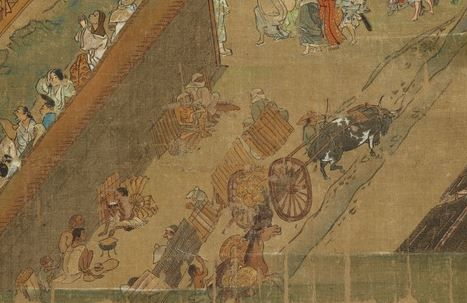Translated by Kaitlin Forgash
As for the aforementioned people, they shall be punished in accordance with the original royal law. 2 It is said that there are many of these human traffickers in Kamakura and the markets of the various provinces. Henceforth, in Kamakura the precinct magistrates are ordered, in compliance with the register of names reported to Kamakura, to exile {these people}. In the various provinces, order the military governors to punish {the above offenders}.
Background Information: The strict prohibition was possibly from the Kenchô era.
Original Text 原文
一 可禁断勾引人并人売事
件輩任本条可被断罪、且人商人、鎌倉中并諸国市間、多以在之云々、自今以後、鎌
倉者仰保奉行人、随注申交名、可被追放、至諸国者、仰守護人可令科断、
Kundoku 訓読
一
Modern 現代語訳
ー 誘拐(ゆうかい)と人を売ることを禁止することについて
上記のような者達を朝廷の法に従い、罰するべきだ。また、人を売買する人は、鎌倉や諸国の市場に多いという。今後は、鎌倉においては、保奉行人に命じて、報告した名簿に従って、追放されるべきである。諸国については、守護に命じて処罰されるように。



